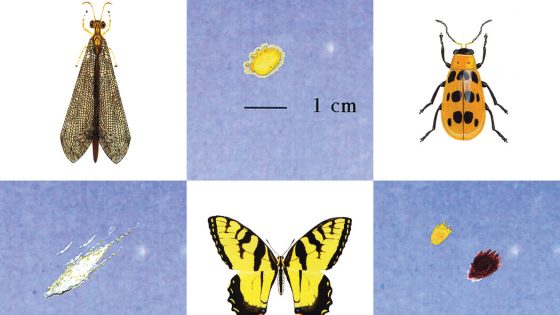Insects play a crucial role in our ecosystem, yet many people overlook their significance. The phenomenon of bug splatter on windshields during summer road trips highlights this connection, especially during peak seasons like May and September. As observed by wildlife biologist Dr. Mark Hostetler, these splatters can serve as an educational tool, turning everyday messiness into a fascinating study of biodiversity.
- Lovebug season peaks in May and September.
- Dr. Hostetler uses windshields for research.
- Insects are attracted to headlights at night.
- "That Gunk on Your Car" app available.
- Insect populations are declining globally.
- Ecosystem collapse risks without insects.
Dr. Hostetler’s research began in the 1990s when he transformed his windshield into a laboratory for identifying insect remains. His findings culminated in the book “That Gunk on Your Car,” published on 2025-07-23 13:01:00, which details various insects and their distinctive splatter patterns. This unique approach not only engages the public but also raises awareness about the declining insect populations.
Why should we care about these tiny creatures? The decline in insect populations, often referred to as the “windshield phenomenon,” raises critical questions about environmental health. Dr. Hostetler’s work underscores the importance of insects in the food chain and ecosystem stability.
- Insects are vital for pollination and nutrient cycling.
- Fewer bug splatters may indicate a broader ecological crisis.
- Educational initiatives can foster public interest in entomology.
As we continue to explore the intricate relationships within our ecosystems, it’s essential to advocate for insect conservation. Understanding their role can lead to more informed environmental practices and a healthier planet.

































